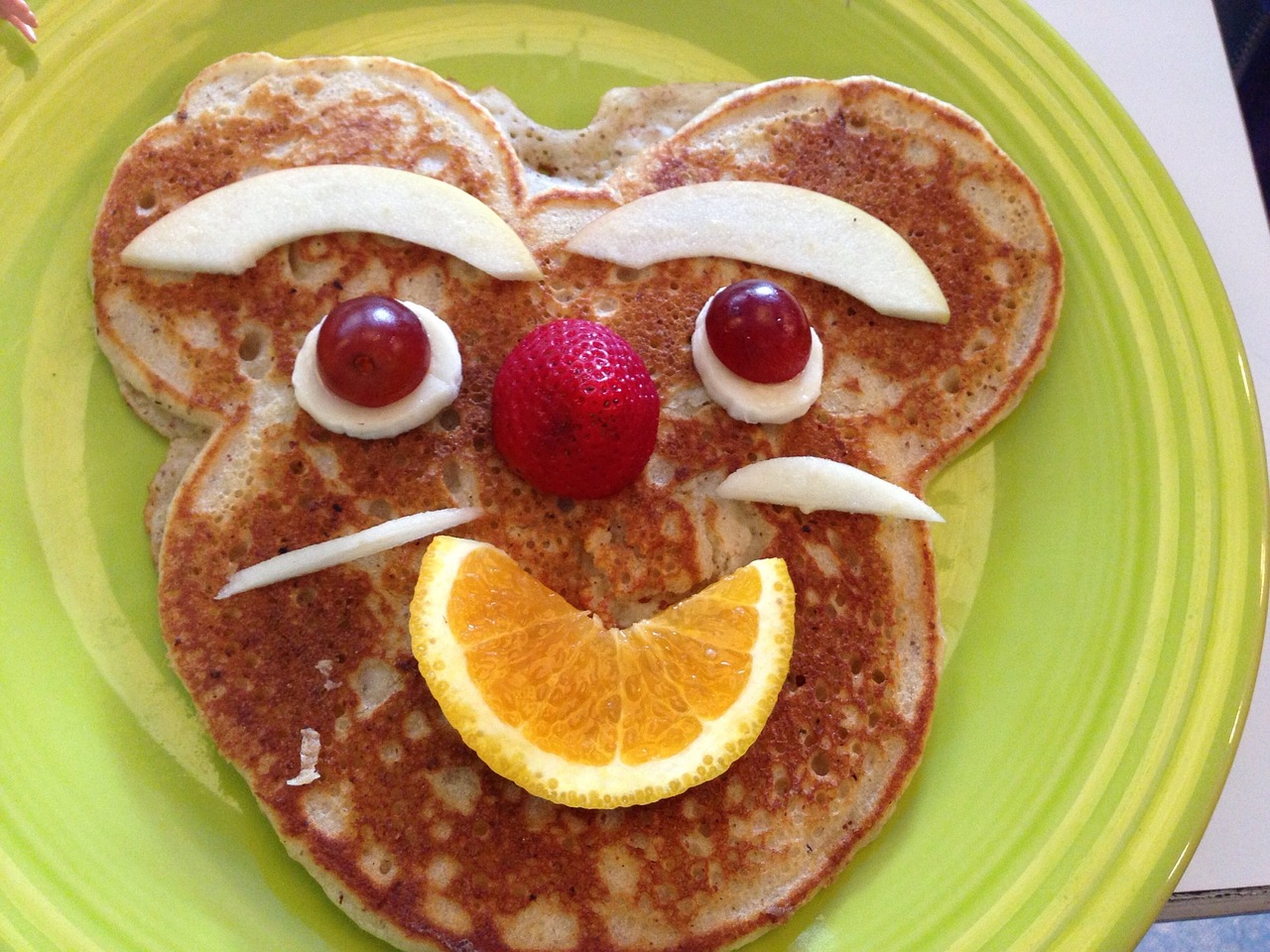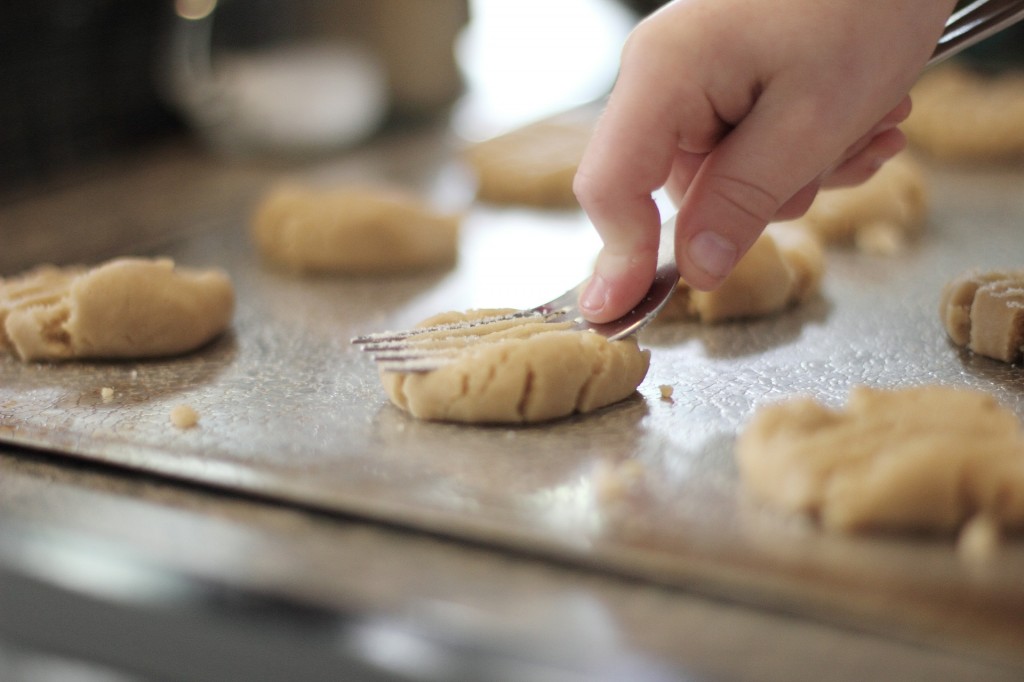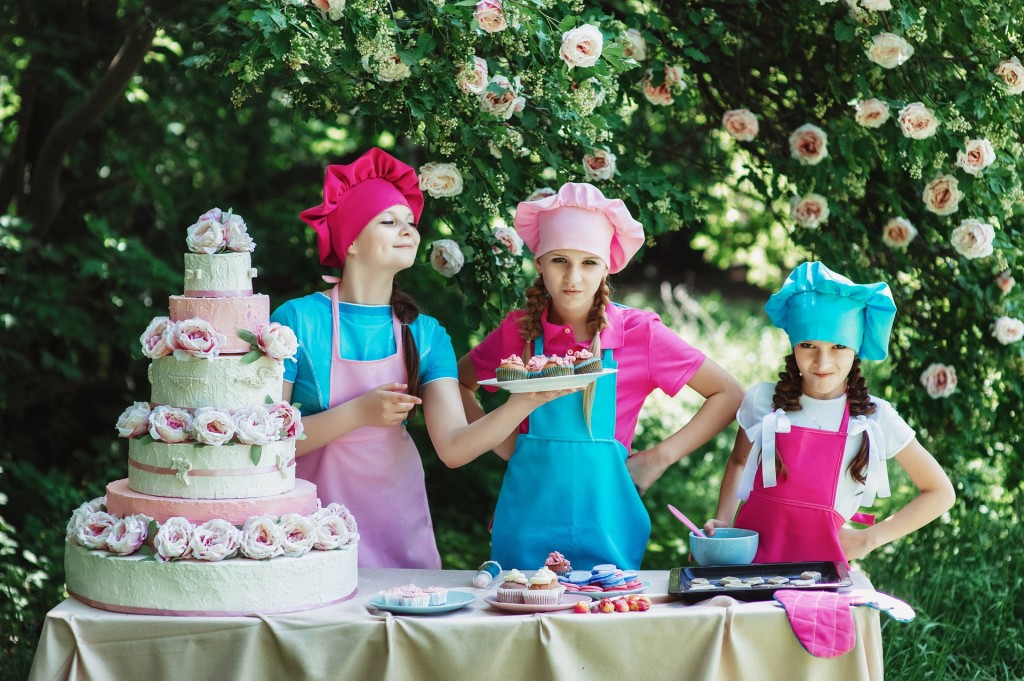
How to Teach Kids Math Through Cooking
Children hate sitting down at the kitchen table to work on their math skills over summer break. Using fun cooking and baking activities is a great way to break through the resistance to summer studying and sharpen those math skills before fall. Here’s how!
Keep It Age Appropriate
While the little ones may not be able to perform measurement conversions they can certainly still participate. Let them focus on counting (e.g. how many eggs, counting teaspoons or cups, etc.), comparing (e.g. which cake layer is bigger, which measuring cup holds more, etc.) and identifying shapes and patterns. Click here for some creative math ideas you can incorporate with your preschoolers.
The bigger kids can handle some bigger math challenges. Maybe the ¾ measuring cup accidentally gets “misplaced” and they have to figure out how to get the right measurements with the cups they have left. Older kids can also be challenged with following recipe directions which can aid in the dreaded math word problem. Students in grades 1-4, will gobble up the book Eat Your Math Homework: Recipes for Hungry Minds. This bestseller teaches inquisitive minds everything from the Fibonacci sequence to Pi, through engaging and tasty recipes.

Involve the Whole Family
Meal delivery services like those offered by Plated, Green Chef, and other companies allow you to involve the whole family in the cooking process. Receive pre-portioned meals with complete instructions for cooking, so there’s less prep work for you! At our house, we’ve found Blue Apron meals to be the most cost effective option. The 4-person meal packages with Blue Apron cost $8.74 per serving, which for us is much cheaper than going out and loads more fun. Let your older children take turns reading the recipe cards and keep them engaged with questions about volume and measurement, like “If we wanted to double this recipe, how many cups of rice would we need?” or “How many tablespoons are in a cup?”. Let younger children assist with organizing the ingredients for each recipe by saying things like, “We’ll need 5 garlic cloves for this recipe; can you count out 5 for me?”.
Play with Your Food
Cutting finger foods into fun shapes and letting the kids put them together to make new shapes is a great way to encourage problem-solving skills. Try creating shapes and patterns and then have the kids try to copy it. See what shapes they can come up with on their own. Challenge the older kids with cutting out various and complicated shapes for the littles to use as puzzle pieces.
Experiment with Volume and Matter
The kids will have fun learning about volume by seeing how batter fills a shallow bowl versus a deep bowl. A lot of dishes will get dirty but it’s fun to see how the amount of the batter never changes even though it can look like more in one bowl and less in another.
Kids love to get messy and feeling bread dough change from a liquid to a semi-solid can be a fun and messy way to see how even though it changes shape, the amount never changes.

Keep Time
Many kids struggle with telling time. Monitoring the preparation time and the cooking time can be a fun way to learn the concepts of time. Try tackling a baking recipe like this simple one for chocolate cupcakes. Not only is this a great recipe for teaching fractions, but your young scholar can also get some extra practice keeping time. While the cupcakes are baking, get them to try working through some time telling worksheets. You can also have them practice adding times together to figure out the total amount of time for different recipes. For an extra challenge, show your child a sampling of different recipes that are similar to the one you are making and see if they can estimate the required amount of cooking time.
Cooking is a great way to get your kids involved and excited about learning. Not only can they learn different math skills but they will also gain insight into chemical reactions, temperature and its effect on different ingredients all while letting them be creative and explore the world of food. Getting the kids involved in the kitchen is also a great way to get them to try new foods. They are so excited and proud of the food they made they forget its good for them and can’t wait to eat it. Before you know it they’ll be eating their veggies and getting good math grades!

Leave a Reply